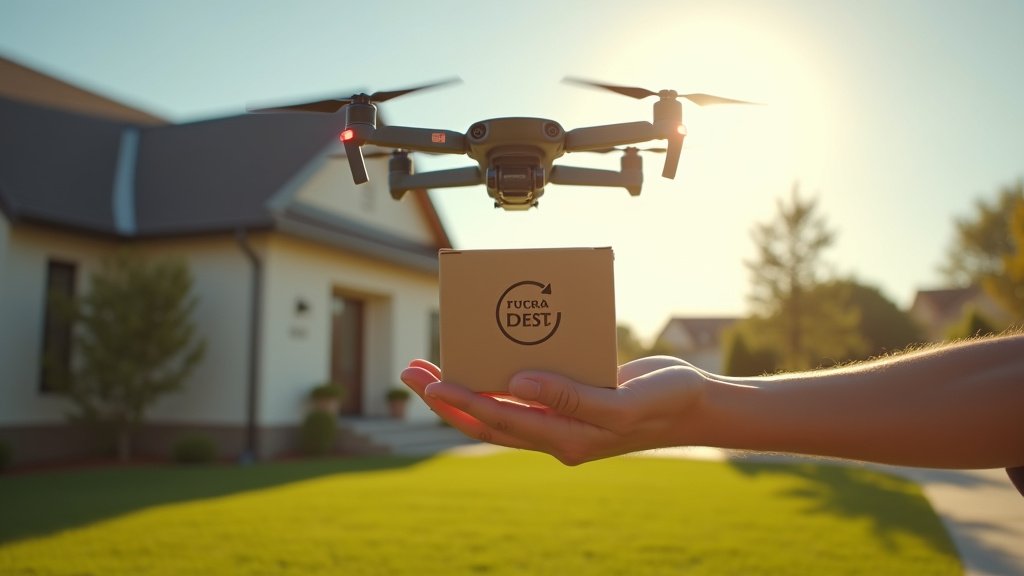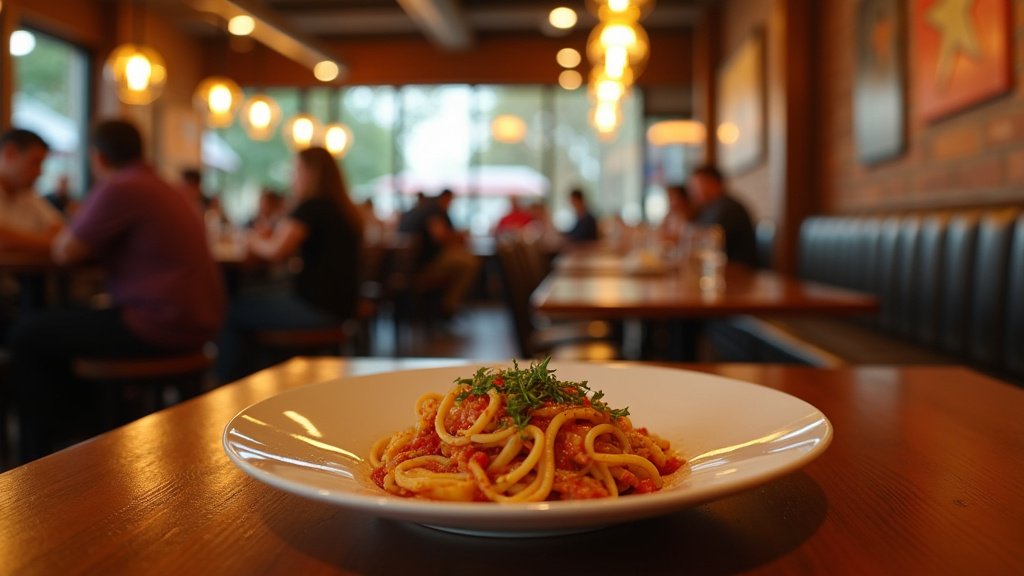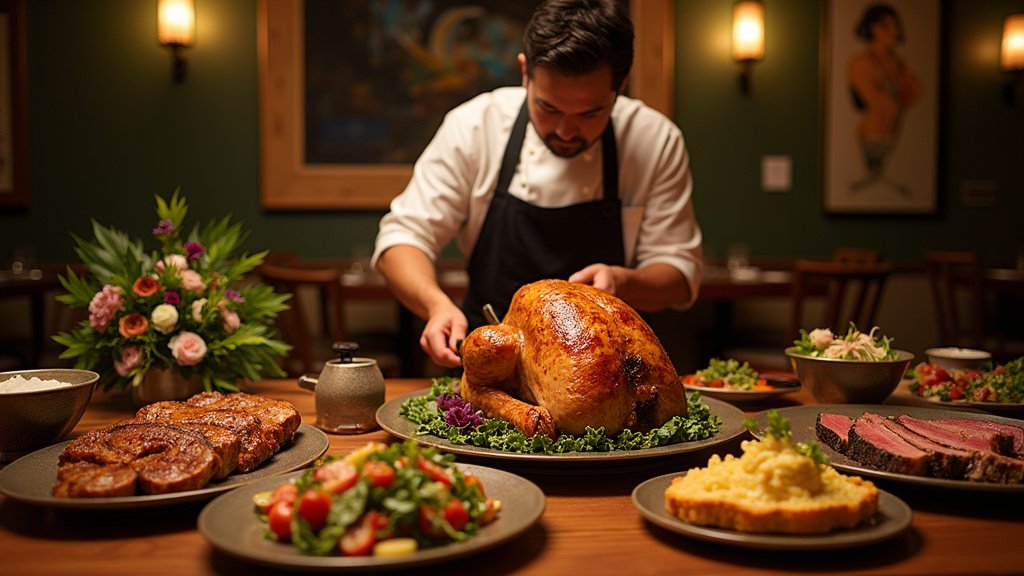A quiet revolution is taking flight across the United States, as delivery drones, once a futuristic concept and then a slow-starting novelty, are now rapidly expanding their presence in American neighborhoods. This pivotal moment marks a significant shift in how goods, particularly prepared food, are transported directly to consumers, signaling a burgeoning new era in last-mile logistics and convenience.
Initially met with skepticism and regulatory hurdles, drone delivery services are now demonstrating their profound viability and efficiency, moving beyond pilot programs to become an integral part of daily commerce. This expansion represents a undeniable growing trend in food delivery technology, promising to reshape consumer expectations and operational models for businesses nationwide.
The Sky’s the Limit for Food Delivery
The adoption of drone delivery services is gaining unprecedented momentum, with more and more neighborhoods across the U.S. experiencing the tangible benefits of aerial automation. What began as a cautious rollout is now blossoming into a widespread phenomenon, underscoring the maturation of drone technology and the underlying infrastructure supporting its deployment. This swift advancement is making headlines in restaurant news, showcasing how quickly the industry is evolving.
For consumers, the allure of near-instantaneous, contactless delivery is powerful. For businesses, the promise of reduced delivery times, lower operational costs, and expanded reach is proving irresistible. This synergy is driving the rapid proliferation of drone services, pushing them into the mainstream and solidifying their role as a critical component of modern urban and suburban living. The convenience offered is truly trending, changing how many perceive local delivery options.
A Texan Success Story: PurePoke’s Aerial Advantage
Nowhere is this success more evident than in Frisco, Texas, where a local PurePoke restaurant owner, John Kim, has witnessed firsthand the transformative power of drone deliveries. Since integrating the service last year, Kim has reported a remarkable 15% increase in overall DoorDash orders for his establishment. This significant boost in business volume offers a compelling case study for the entire food industry.
Kim’s experience with the aerial service has been overwhelmingly positive. He notes with satisfaction that he has received no complaints whatsoever from drone delivery customers. This flawless record speaks volumes about the reliability and precision of the technology. “The service is very stable,” Kim affirmed, emphasizing the seamless integration and consistent performance that has become a hallmark of his drone operations. For a restaurant like PurePoke, known for its fresh ingredients and quick preparation, the stability of drone delivery ensures that the quality of the food is maintained from kitchen to customer’s door. This Texas-based success story is setting a precedent for other food businesses looking to innovate.
Beyond the Hype: Practical Impact and Future Outlook
The success observed in Frisco, Texas, is not an isolated incident but rather a clear indicator of a broader shift. The absence of customer complaints and the demonstrated stability of drone operations address two of the primary concerns that initially plagued the nascent industry: reliability and public acceptance. As these services prove their mettle in real-world scenarios, the path for wider adoption becomes clearer.
This expansion of drone delivery services also intensifies the landscape of food delivery competitions. Businesses that embrace this technology gain a distinct competitive edge, offering unparalleled speed and efficiency that traditional ground-based methods often cannot match. It compels other players in the market to innovate and adapt, fostering a dynamic environment that ultimately benefits the consumer with more diverse and efficient options. The integration of advanced robotics and AI in these operations means deliveries are not just faster, but also more precise and safer.
Looking ahead, the trajectory for drone delivery appears steep and upward. As technology continues to advance, regulatory frameworks adapt, and public comfort grows, these flying couriers are poised to become an increasingly common sight in communities across the U.S. From a slow, cautious ascent, drone delivery has now truly taken flight, establishing itself as an indispensable component of the modern food service ecosystem and a herald of what’s next in convenient, on-demand living.






